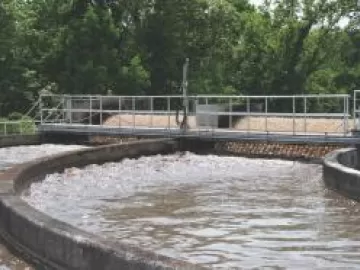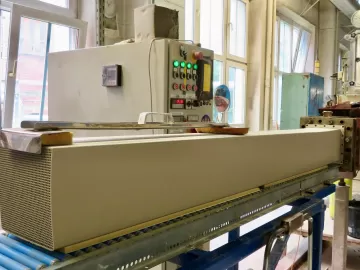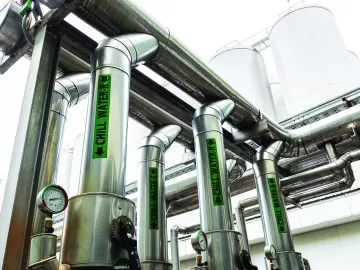Technology

Word is beginning to filter out about the 2022 changes to the ASHRAE 90.1 energy efficiency standard, and the changes it promises to bring to how compressed air systems are specified, commissioned and maintained. More specifically, the industry is learning about section 10.4.6 of 90.1, which is the first time the standard has included a section on compressed air.
[ Read Full Story ]
Compressor Sequencer Problems and Solutions
[ Read Full Story ]
Starting a Long Distance Relationship with Your Compressed Air System
[ Read Full Story ]
Mattei Dresses Up a Textile Compressed Air System
[ Read Full Story ]
Energy Saving Opportunities in Blowoff Applications
[ Read Full Story ]
DirectAIR® : Compressed Air as an Outsourced Utility
[ Read Full Story ]
Optimizing Pneumatic Systems for Extra Savings
[ Read Full Story ]
OEM MACHINE DESIGN. Pneumatics: Sizing Demand Users
[ Read Full Story ]
A Kroger Company Bakery Saves Energy
[ Read Full Story ]
Environmentally Considerate Compressor Fluids
[ Read Full Story ]











